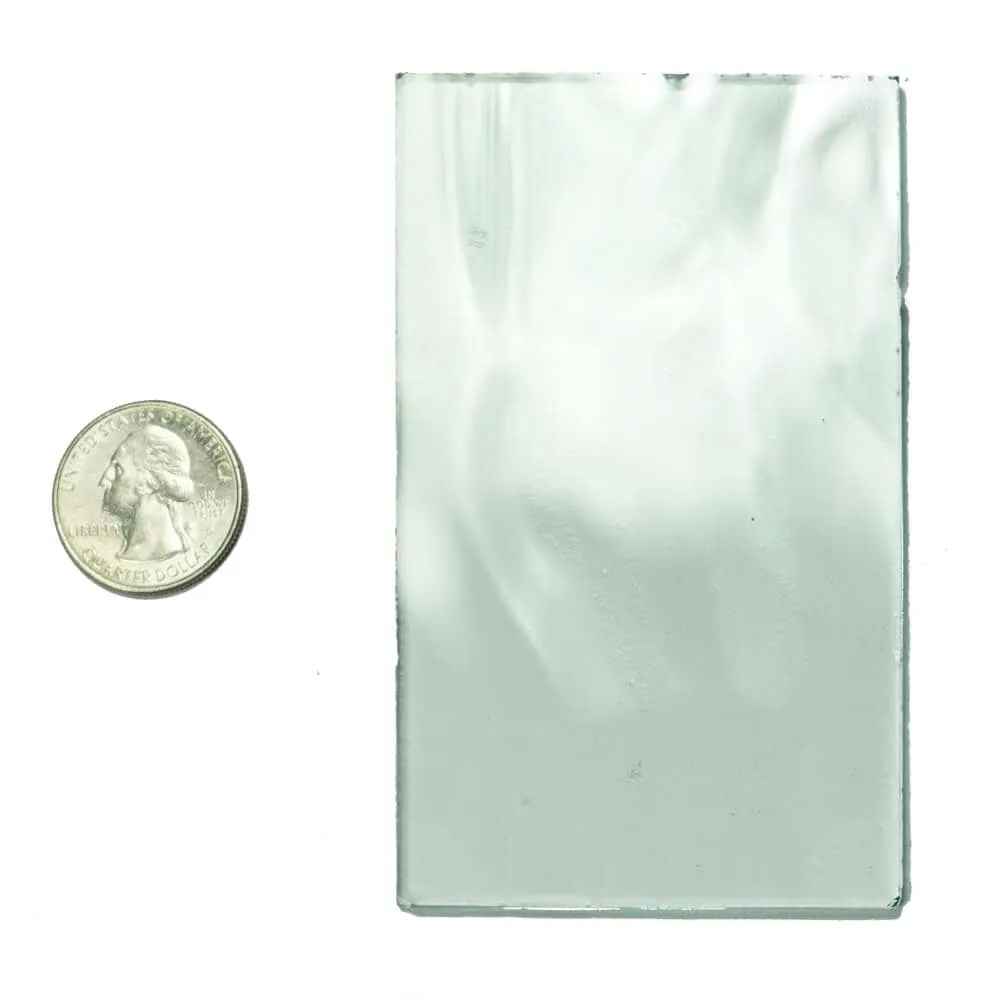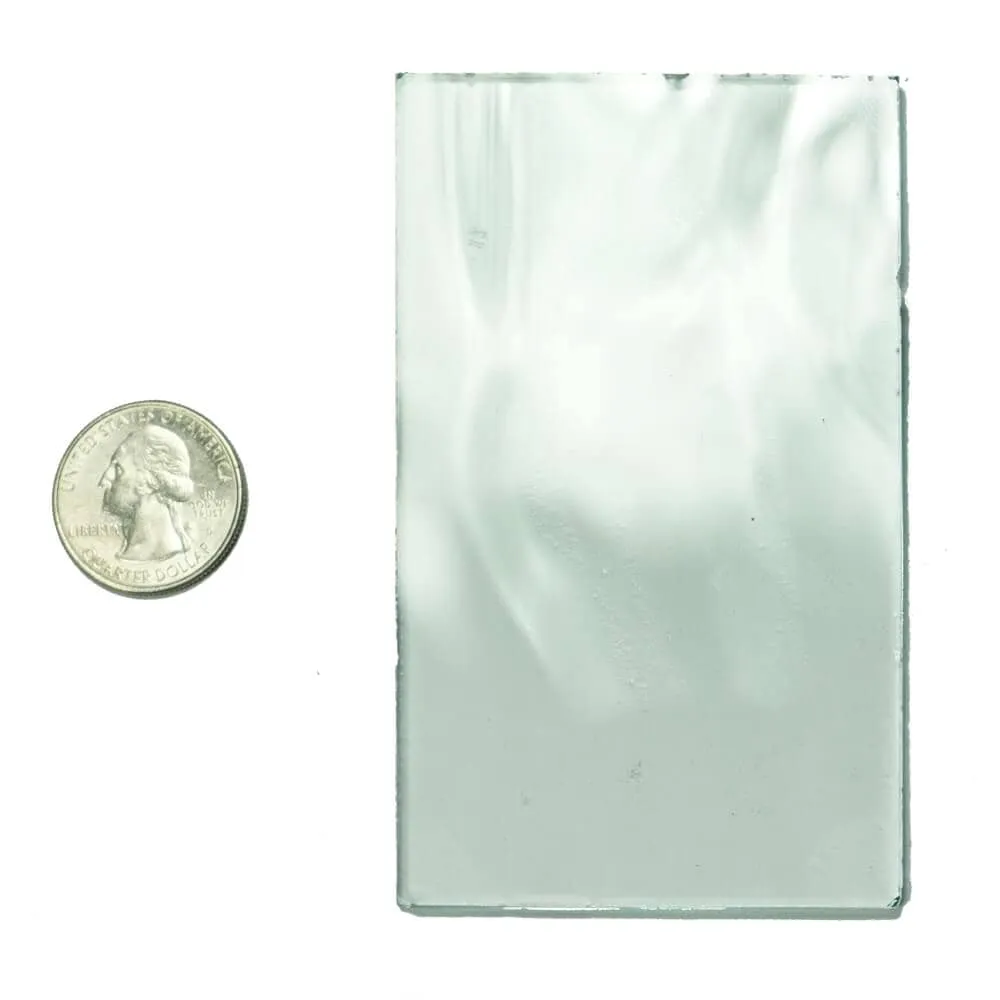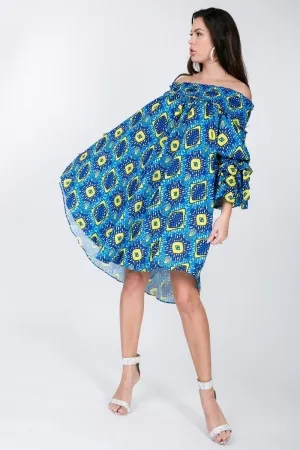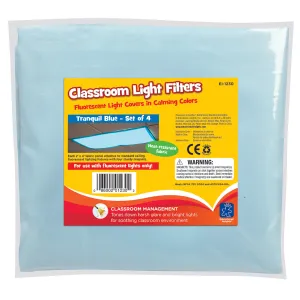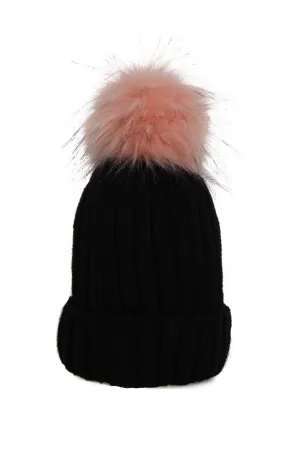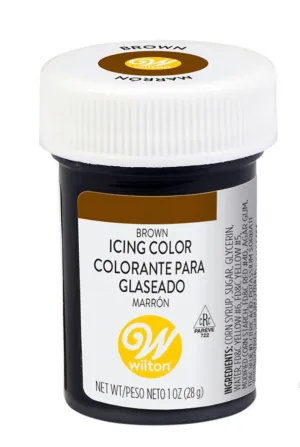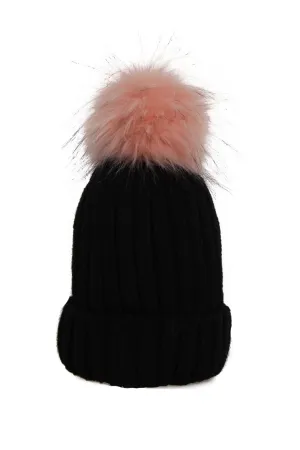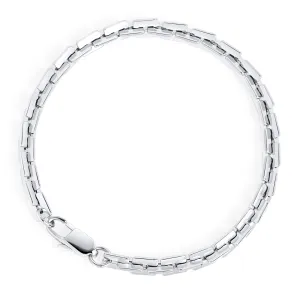Our newest glass option, Flemish Glass, is one that we feel is going to be a major hit. It's wavelike pattern throughout the entirety of the glass produces a privacy distortion without being visually loud. Light still transmits through the waves, and the lack of business still allows for a very clean look. Not impressed? Come take a peak at our showroom to see all we have to offer today.
Flemish glass is known for its beauty and durability, making it a popular choice for homeowners. But what else do you need to know about Flemish glass doors before making a purchase? Read our guide to find all the important information about Flemish glass doors for your home.
What Is Flemish Glass?
Flemish glass is a type of decorative glass most commonly used in . Using methods that date back centuries, artisans and manufacturers create beautiful mosaic patterns. It features a distinct ripple-like texture that offers privacy while still allowing light to pass through. paired with complementary materials, the unique texture also adds an aesthetic appeal to the door, creating an elaborate, upscale look and feel.
PINKYS Flemish glass doors feature some of the most attractive and timelessly classic architectural styles on the market today. Their delicate beauty and attractive patterns make them an elegant addition to any building's entrance or interior. In addition, a wide range of customization options is available when choosing Flemish glass doors for your home or business.
Flemish Hand Blown Glass: The Customers' Choice for Centuries
Flemish glass originated in today's Belgium and the Netherlands, hence its name. The first examples of Flemish glass date back to the 13th century, while it became particularly popular in the 15th and 16th centuries.
Flemish glass has always been characterized by its intricate designs and bright colors. Common motifs used in decoration included flowers, animals, and religious depictions. Many of the finest examples of Flemish glass can be found in churches and cathedrals throughout Europe.
The production of Flemish glass declined in the 17th century, but it experienced a revival in the 19th century. It is still prized by collectors for its beauty and history. Today, several companies produce Flemish glass in a traditional way.
How Are Flemish Glass Doors Produced Today
Modern Flemish glass is made through a mix of traditional handcrafting processes combined with contemporary manufacturing technology. It eliminates the seeds and bubbles while improving the structural properties of the finished product.
The process begins with leaded panes cut to shape from the original rolled sheets. Then, they are soldered together into large sheets, often numbered and stained in various colors and styles.
Flemish glass is created when two or more flat pieces are paired and subjected to increased pressure and temperature before being cooled down slowly. Thanks to this process, Flemish glass retains the look of hand-blown glass (minus the bubbles & seeds). It promotes the free flow of light while also becoming quite durable and capable of withstanding different weather conditions for a long time.
The Flemish glass doors are designed with appropriate holes and groves that allow pieces of glass to be inserted individually along the pane's perimeter.
Once installed, these individual pieces are trimmed around the edges with diamond tools or other specialized tools, depending on the desired pattern. The results are beautiful pieces of contemporary design that honor centuries' worth of Flemish glassworking traditions. One such example is iron door model, favored by many customers.
Flemish Glass Applications
The unique properties of our Flemish glass make it a versatile and practical choice for design projects. It's an excellent option for any space requiring an opaque barrier that doesn't obstruct the light.
The patterned texture makes it suitable for a range of applications, including:
- partitioning spaces
The Benefits of Using Flemish Glass in Your Iron Door
Flemish glass is the perfect addition to wrought iron doors, or any other type of doors. Not only it enhances the aesthetic of your entrance, but it also increases privacy and security levels.
- Aesthetics: Flemish glass is known for its unique and beautiful look. When used in a wrought iron door, the glass can add a strong touch of elegance and style.
- Strength: Flemish glass door is appreciated for strength. It is less likely to break than light types of glass, making it an excellent choice to complement an iron door.
- Energy efficiency: Another benefit of a PINKYS Flemish glass door is energy efficiency. The glass helps to maintain internal temperature levels throughout the seasons. This asset can reduce your energy bills.
- Safety: Flemish glass is also safer than some other types of glass. It's less likely to shatter, making it less likely to cause injury if the door breaks.
- Soundproofing: A Flemish glass door can also enhance the soundproofing of your house. The glass helps to block out noise from outside, making your home more peaceful and quiet.
- Privacy: PINKYS Flemish glass doors can be a good option if you are looking for privacy. The opaque nature of the glass will blur the view into your home.
- Ease of Maintenance: Flemish glass doors are also easy to clean and maintain. The smooth surface of the glass does not require much cleaning and is also resistant to scratches.
Can Flemish Glass be Tempered for Use on a Door?
A Flemish glass door offers a unique range of benefits, including superior resistance to impacts or heavy use. For many customers, its original assets are sufficient.
Nevertheless, the glass door's strength and resilience can be increased by up to four to five times through glass tempering, allowing you to make the most out of its versatility.
Flemish Glass Door's Privacy Rating
While a Flemish glass door doesn't block the view completely, it promotes privacy by distorting it. That way, it offers an excellent balance between seclusion and light transmission levels.
On a privacy rating scale from 1 to 9, a Flemish glass door typically starts at 3. The right rating for you depends on your needs. Opt for a clear Flemish glass door with a low privacy rating for maximum light flow, or go for increased opaqueness with higher rating numbers.
Customers often choose between Flemish glass, Rain glass, and Aquatex to enhance their door's privacy levels. From the practical side, all three options are quite similar. The key difference is in the look. Flemish glass door's advantage is that it offers an artisan, hand-blown glass appeal without the matching price tag.
How to Care For Your Flemish Glass Door
It is important to ensure the pristine look of your Flemish glass door for years to come. To do this, you should take proactive steps to protect it from the elements and daily wear and tear.
Start by periodically cleaning the glass with mild soap, warm water, and a soft cloth. That will help it retain its shine and prevent dirt build-up. You should also ensure that the frames are regularly waxed and polished to preserve their original color.
Always use subtle, appropriate cleansers in order to avoid any harm or damage done to your doors. This is particularly important in the case of wrought iron doors.
In Short
PINKYS Flemish glass doors offer strength, beauty, and timeless quality. Browse our page for a selection of Flemish glass doors in an array of stunning designs. You will find a perfect addition to enhance the elegant look of your home.




